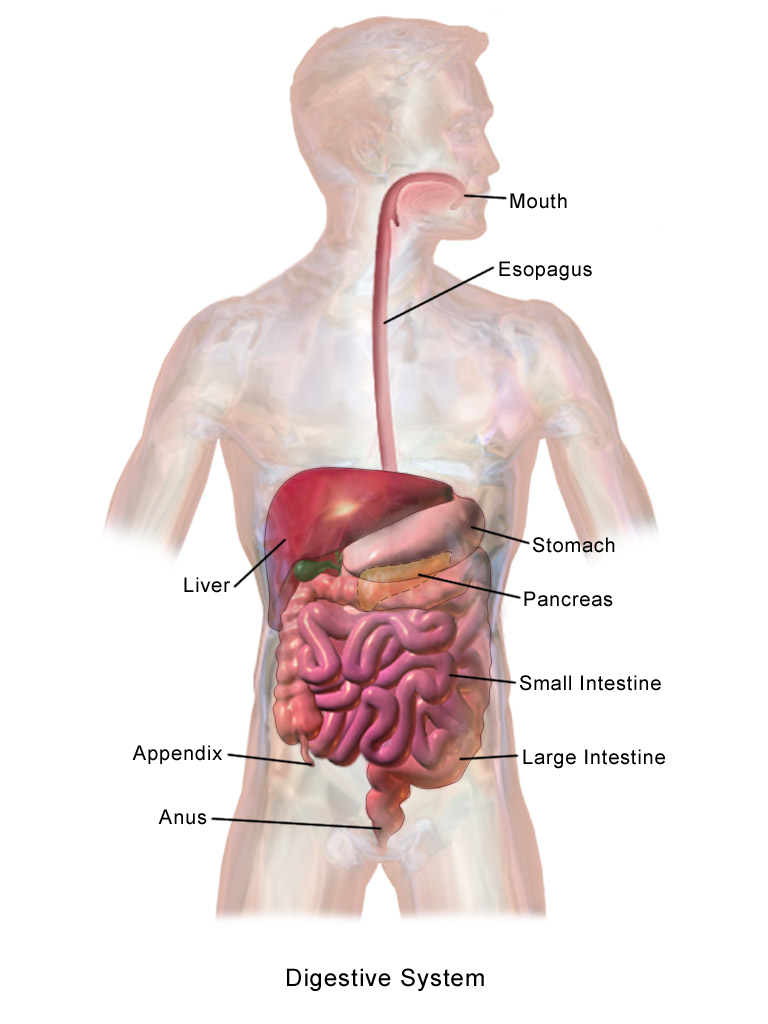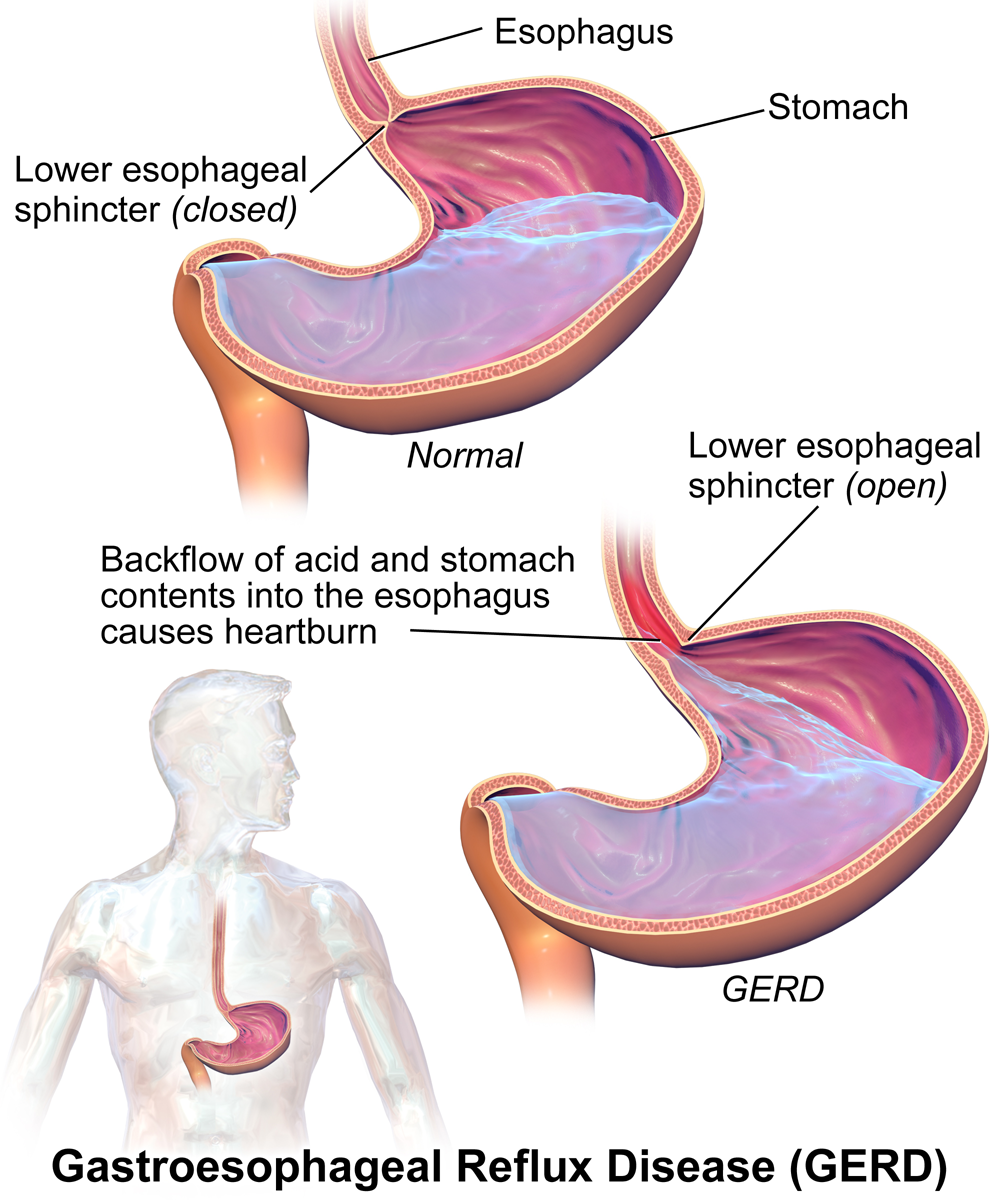Metoclopramide Syrup
- Introduction
- Composition and Mechanism of Action
- Approved Uses of Metoclopramide Syrup
- Off-Label Uses of Metoclopramide Syrup
- Dosage and Administration
- Common and Serious Side Effects
- Drug Interactions
- Warnings and Precautions
- Contraindications
- Special Considerations for Specific Populations
- Overdose and Emergency Management
- Storage and Handling Precautions
Introduction
Overview of Metoclopramide Syrup
Metoclopramide Syrup is a prokinetic and antiemetic medication commonly prescribed for gastrointestinal motility disorders. It enhances gastric emptying, reduces acid reflux, and alleviates nausea and vomiting by acting on the central nervous system and digestive tract. This medication is particularly beneficial for individuals experiencing gastroparesis, chemotherapy-induced nausea, and post-surgical vomiting.

History and Development
Metoclopramide was invented in the twentieth century and was a significant advancement in gastroenterology then. It was first created in the 1960s. It was utilized in settings to treat issues associated with delayed stomach emptying and vomiting. Since then, ongoing research has enhanced its use to make it safer and more effective.
FDA Approval and Regulatory Status
The U.S. Food and Drug Administration (FDA) approved metoclopramide for medical use, emphasizing strict guidelines regarding its duration and dosage due to potential neurological side effects. It is available as a prescription medication and is subject to regulatory oversight in various countries, ensuring its controlled distribution and patient safety.
Composition and Mechanism of Action
Active Ingredient and Chemical Structure
Metoclopramide hydrochloride is the ingredient found in Metoclopramide Syrup. It falls under the benzamide class structurally, with characteristics of a dopamine antagonist agent that helps regulate gut movement and provides anti-nausea benefits.

How Metoclopramide Works in the Body
- Blocks dopamine receptors in the central nervous system, reducing nausea and vomiting.
- Enhances the response of the upper digestive tract to acetylcholine, promoting gastric emptying.
- Strengthens the lower esophageal sphincter, minimizing acid reflux.
Pharmacokinetics: Absorption, Distribution, Metabolism, and Excretion
Metoclopramide is quickly absorbed after being taken by mouth. Reaches its level, in the blood within 1 to 2 hours. It spreads throughout the body tissues, including the brain, because it can cross blood and brain barriers. The liver mainly processes the drug through a metabolic process before it is eliminated through the kidneys, with a life of about 5 to 6 hours.
Approved Uses of Metoclopramide Syrup
Treatment of Gastroesophageal Reflux Disease (GERD)
Management of Diabetic Gastroparesis
People with gastroparesis experience delayed stomach emptying because of nerve damage. It can greatly benefit from using metoclopramide medication which helps improve stomach muscle contractions to aid in better digestion and reduce symptoms like bloating and nausea.
Prevention and Treatment of Nausea and Vomiting
Post-Surgical Nausea and Vomiting
Chemotherapy-Induced Nausea and Vomiting
Patients undergoing cancer treatment with chemotherapy frequently encounter nausea symptoms. Metoclopramide is utilized as a nausea medication to alleviate distress and enhance the patients ability to tolerate the cancer therapy.
Radiation Therapy-Induced Nausea and Vomiting
Radiotherapy often causes nausea in patients with pelvic cancers. Metoclopramide is commonly used to prevent and reduce the discomfort of issues caused by radiation treatments.
Off-Label Uses of Metoclopramide Syrup
Functional Dyspepsia
People experiencing digestive issues such as bloating and early fullness could find relief from metoclopramides' ability to aid digestion and alleviate discomfort.
Migraine-Associated Nausea and Vomiting
Chronic Intestinal Pseudo-Obstruction
Hiccups Management
Aid in Gastric Emptying for Diagnostic Procedures
Before undergoing imaging tests like emptying scans, Metoclopramide is often used to enhance the clarity of evaluations.
Dosage and Administration
Recommended Dosage for Adults
Adults usually take between 5 to 1o milligrams three to four times a day based on the ailment they are addressing.
Recommended Dosage for Pediatric Patients
Children receive weight-based dosing, usually 0.1-0.2 mg/kg per dose, administered under medical supervision.
Adjustments for Renal and Hepatic Impairment
Patients with impaired kidney or liver function, may need adjustments to their medication doses to avoid the buildup of drugs in their system and potential side effects.
How to Take Metoclopramide Syrup (Timing and Instructions)
- Take before meals to optimize gastric motility.
- Measure accurately using a calibrated oral syringe or spoon.
- Avoid abrupt discontinuation to prevent withdrawal symptoms.
Duration of Treatment and Risk of Long-Term Use
Using the medication for more then 12 weeks raises the chances of getting dyskinesia and requires regular checkups to monitor the situation.
Common and Serious Side Effects
Common Side Effects
- Drowsiness and Fatigue
- Nausea and Diarrhea
- Restlessness and Anxiety

Serious Side Effects
- Extrapyramidal Symptoms (Tardive Dyskinesia, Akathisia, Dystonia)
- Neuroleptic Malignant Syndrome (NMS)
- Depression and Suicidal Thoughts
- Allergic Reactions (Rash, Swelling, Difficulty Breathing)
Drug Interactions
Interactions with Other Gastrointestinal Medications
Using antacids or proton pump inhibitors (PPIs) at the time usually doesn't cause issues; however, it's recommended to be cautious.
Effects on CNS Depressants and Alcohol
Combining metoclopramide with alcohol or certain medications, like benzodiazepines and opioids, can enhance drowsiness effects.
Interaction with Antipsychotic and Antidepressant Medications
Taking this medication with drugs that block dopamine may worsen symptoms.
Potential Risks with Opioids and Pain Relievers
When opioids are used together, it can cause a delay in emptying the stomach and increase the effects as well.
Warnings and Precautions
Boxed Warning for Tardive Dyskinesia
Metoclopramide carries a boxed warning due to the risk of tardive dyskinesia, a serious and potentially irreversible movement disorder. Prolonged exposure to the drug increases susceptibility, particularly in elderly patients and those receiving high doses. Symptoms include involuntary facial grimacing, repetitive tongue movements, and jerky limb motions.
- Long-term use (beyond 12 weeks) should be avoided unless absolutely necessary.
- Symptoms may persist even after discontinuation of the medication.
- The risk escalates in older adults, especially postmenopausal women.
Risk of Depression and Psychiatric Disorders
Metoclopramide can exacerbate or induce psychiatric disturbances, including severe depression, anxiety, agitation, and even suicidal ideation. Patients with a history of mental health conditions require meticulous monitoring.
- Mood changes, including persistent sadness or sudden irritability, should be reported to a healthcare provider.
- Use caution in patients with pre-existing depression or bipolar disorder.
- In rare cases, hallucinations or paranoia may occur.

Risk of Seizures and Epilepsy Patients
Patients with epilepsy or a history of seizures may experience an exacerbation of their condition when taking metoclopramide. The drug lowers the seizure threshold, making episodes more frequent and severe.
- It should be prescribed with extreme caution in individuals with a known seizure disorder.
- Monitor for new-onset convulsions or worsening of pre-existing symptoms.
- It may require dose adjustments or alternative treatment strategies.
Monitoring Requirements During Treatment
Regular patient assessments are essential to mitigate risks associated with metoclopramide use. Healthcare providers should monitor for adverse neurological reactions, psychiatric symptoms, and overall treatment efficacy.
- Patients should be evaluated periodically for early signs of movement disorders.
- Neurological and psychiatric side effects warrant immediate medical attention.
- Long-term users should undergo reassessment to determine continued need.
Contraindications
Patients with a History of Tardive Dyskinesia
People who have had dyskinesia before should avoid using metoclopramide to prevent the worsening of symptoms and possible long-term damage.
Individuals with Gastrointestinal Obstruction or Perforation
Metoclopramide boosts stomach movement. It could pose risks for patients with blockages or internal bleeding since it might make their condition worse and lead to issues.
Patients with Pheochromocytoma and Uncontrolled Hypertension
Metoclopramides' ability to block dopamine can lead to spikes in blood pressure for individuals with pheochromocytoma—a rare tumor of adrenal glands. Patients with high blood pressure should steer clear of this medication as it could worsen their condition.

Allergy to Metoclopramide or Any of Its Components
If someone has a reaction to metoclopramide or any of its ingredients or experiences allergies like skin rashes or breathing issues when taking the medicine, they should avoid it to prevent reactions such as anaphylaxis.
Special Considerations for Specific Populations
Administration to the Elderly
Increased Risk of Tardive Dyskinesia
Older adults, especially those over 65, face a heightened risk of tardive dyskinesia with prolonged metoclopramide use. Symptoms may be irreversible, necessitating careful assessment before prescribing.
Need for Lower Dosages and Close Monitoring
Elderly individuals may need medication doses to avoid buildup in the body due to slower drug clearance rates. It is crucial to monitor them to catch any signs of issues early on.
Increased Sensitivity to CNS Effects
Elderly individuals are at risk of experiencing sedation as well as confusion and dizziness when compared to younger patients. These adverse effects can increase the likelihood of falls and cognitive decline; therefore it is crucial to be mindful of the dosage administered.
Administration to Pregnant Women and Nursing Mothers
Safety During Pregnancy (FDA Pregnancy Category)
Metoclopramide falls under Category B according to the FDA classification system, which indicates that no confirmed fetal harm has been identified in human research studies, yet its usage should be restricted to cases where the advantages outweigh the risks.
Potential Risks to the Fetus
While it is commonly believed to be safe, extended exposure during pregnancy could result in symptoms in newborn babies. It is advised to keep an eye out for muscle movements or fussiness in infants.


Transfer to Breast Milk and Effects on Infants
Metoclopramide is released into breast milk in quantities. This could lead to babies feeling sleepy or fussy and experiencing digestive issues if they get it through breastfeeding.
Administration to Children
Pediatric Dosage Guidelines
Metoclopramide dosage in children is based on body weight, typically ranging from 0.1 to 0.2 mg/kg per dose. The medication should be used cautiously in pediatric patients due to the increased risk of neurological side effects.
Safety Considerations for Young Patients
Children are more prone to developing dystonic reactions, including involuntary muscle contractions, facial spasms, and neck stiffness. Close monitoring is necessary to prevent severe complications.
Risk of Neurological and Behavioral Side Effects
Pediatric patients may experience restlessness, agitation, or even sedation. In some cases, prolonged use can lead to permanent movement disorders, necessitating strict adherence to dosing recommendations.
Overdose and Emergency Management
Symptoms of Overdose (Severe Drowsiness, Confusion, Seizures)
Symptoms of an overdose can vary from feeling overly sleepy to experiencing issues with thinking and seizures in cases and potentially even severe breathing difficulties.
Emergency Treatment and Supportive Care
In cases of overdose emergencies, it is crucial to seek help away, for proper care and treatment options, such as safeguarding the airway and providing oxygen support along with IV fluids if needed.
Use of Antidotes and Symptomatic Management
Overdose-induced extrapyramidal symptoms can be treated with diphenhydramine or benztropine, while benzodiazepines may be given to handle agitation or seizures.
Storage and Handling Precautions
Proper Storage Conditions (Temperature, Light, and Moisture Considerations)
It is recommended to keep Metoclopramide syrup stored in a place at room temperature, around 20 to 25 degrees Celsius (68 to 77 degrees Fahrenheit), from sunlight and moisture exposure. Refrigeration is not required; however it's best to steer of temperatures either too hot or too cold.
Shelf Life and Expiry Considerations
Metoclopramide syrup typically maintains stability for two years based on the manufacturer's guidelines when stored correctly; it is advisable not to consume expired medication as it may have reduced effectiveness over time.
Safe Disposal of Unused Medication
It's important to handle any metoclopramide syrup that you're not using or has expired properly by disposing of it rather than pouring it down drains or flushing it into water systems; instead, consider using pharmacy take-back programs or following proper disposal methods.
Metoclopramide Syrup FAQ
- What is metoclopramide Syrup used for?
- Can you give metoclopramide to a child?
- What is metoclopramide 5mg 5ml?
- What is the main use of metoclopramide?
- Is metoclopramide better than domperidone for children?
- What is the best time to take metoclopramide?
- Who cannot take metoclopramide?
- Can metoclopramide treat hiccups?
- What color are your stools with gastroparesis?
- Is metoclopramide safe for children?
- How fast does metoclopramide work?
- What is the difference between domperidone and metoclopramide?
- Can I buy metoclopramide over the counter?
- What is the brand name for metoclopramide syrup?
- What age can you take metoclopramide syrup?
- What to avoid when taking metoclopramide?
- Can I drink water after taking metoclopramide?
- Which is safer domperidone or metoclopramide?
- What is metoclopramide used for in children?
- What is the main side effect of metoclopramide?
- Is metoclopramide over the counter?
- What is the generic name for metoclopramide?
- Is metoclopramide better than domperidone for children?
- Will metoclopramide stop vomiting?
- Is domperidone better than metoclopramide for milk production?
- What is stronger than metoclopramide?
- What is the difference between buscopan and metoclopramide?
- Is metoclopramide good for gastroenteritis?
- Can I take metoclopramide on an empty stomach?
- What is the most worrisome side effect of metoclopramide?
- What to avoid when taking metoclopramide?
- Is metoclopramide good for vomiting?
What is metoclopramide Syrup used for?
Metoclopramide is prescribed to help manage stomach emptying in individuals with diabetes by promoting the movement of the stomach and intestines to alleviate symptoms, like nausea and heartburn, that are experienced after meals.
Can you give metoclopramide to a child?
The use of metoclopramide in children and young adults (aged 1 to 19 years inclusive) is restricted to situations and as a secondary treatment option.
What is metoclopramide 5mg 5ml?
1-18 years
What is the main use of metoclopramide?
Metoclopramide, an FDA-approved medication, acts as a dopamine receptor antagonist to alleviate nausea and vomiting in individuals with conditions like reflux disease or diabetic gastroparesis by enhancing stomach movement efficiency. It is also employed for managing these symptoms in patients undergoing chemotherapy treatments.
Is metoclopramide better than domperidone for children?
Domperidone doesn't pass through the blood-brain barrier as easily as metoclopramide does. It can still cause extrapyramidal symptoms, like dystonia and akathisia, in infants or young children because their blood-brain barrier is immature and more permeable.
What is the best time to take metoclopramide?
Metoclopramide is typically consumed orally in forms as a tablet or an orally disintegrating tablet as well as in liquid form for ingestion by mouth. The usual recommendation is to take it four times a day on a stomach; 30 minutes prior to every meal and, before going to bed.
Who cannot take metoclopramide?
If you experience kidney or liver issues or have a heartbeat (bradycardia), a tumor on your gland may also be present, or you could have a rare inherited blood disorder, like porphyria, methemoglobinemia or NADHCytochrome b deficiency.
Can metoclopramide treat hiccups?
Metoclopramide has shown promise in alleviating the symptoms of hiccups triggered by conditions such as stroke, cancer, migraines, and gastrointestinal problems. This discovery could offer a glimmer of hope to individuals battling hiccups.
What color are your stools with gastroparesis?
Clay-colored
Is metoclopramide safe for children?
Contraindicated in children below one year of age
How fast does metoclopramide work?
30 to 60 minutes
What is the difference between domperidone and metoclopramide?
Domperidone is less likely to induce system side effects compared to metoclopramide since it does not easily penetrate the blood-brain barrier.
Can I buy metoclopramide over the counter?
No
What is the brand name for metoclopramide syrup?
Reglan
What age can you take metoclopramide syrup?
Child: As a 2nd-line option: 1-<3 years 10-14 kg: 1 mg; 3-<5 years 15-19 kg: 2 mg; 5-<9 years 20-29 kg: 2.5 mg; 9-18 years 30-60 kg: 5 mg; 15-18 years >60 kg: Same as adult dose. All doses to be given up to tid.
What to avoid when taking metoclopramide?
It is advisable to refrain from consuming or restricting alcohol intake when undergoing treatment with metoclopramide medication. Make sure not to exceed the dosage of metoclopramide and steer clear of tasks that demand alertness, like driving or handling risky machinery, until you are familiar with how the medication impacts you.
Can I drink water after taking metoclopramide?
Yes
Which is safer domperidone or metoclopramide?
Domperidone demonstrates significant superiority compared to MCP
What is metoclopramide used for in children?
This medication is prescribed to manage gastroesophageal reflux (GER or reflux) or address delayed stomach emptying issues.
What is the main side effect of metoclopramide?
Feeling tired or drowsy can lead to dizziness and difficulty sleeping. It might also cause headaches or upset stomachs at times.
Is metoclopramide over the counter?
No
What is the generic name for metoclopramide?
Metoclopramide
Is metoclopramide better than domperidone for children?
Domperidone doesn't pass through the blood-brain barrier easily as metoclopramide does. In infants or young children EPS, like dystonia and tardive dyskinesia have been noted due, to their developed and more permeable blood brain barrier.
Will metoclopramide stop vomiting?
Metoclopramide, approved by the FDA, acts as a dopamine receptor antagonist to help relieve nausea and vomiting in individuals with conditions like reflux disease or diabetic gastroparesis by enhancing stomach movement.This medication is also utilized to manage nausea and vomiting in cancer patients undergoing chemotherapy treatments.
Is domperidone better than metoclopramide for milk production?
Mothers in the domperidone group showed milk production. Experienced an average increase of 96.30 percent in milk volume (average increase compared to pretrial volume), whereas those in the metoclopramide group had a 93,70 percent increase.
What is stronger than metoclopramide?
The combination of ondansetron and dexamethasone shows effectiveness. It is better tolerated compared to using metoclopramide, dexamethasone, and diphenhydramine together to prevent nausea and vomiting induced by cisplatin.
What is the difference between buscopan and metoclopramide?
Metoclopramide and domperidone enhance gut motility, while Buscopan decreases it.
Is metoclopramide good for gastroenteritis?
Yes
Can I take metoclopramide on an empty stomach?
Remember to consume this medication when your stomach's empty. Make sure to wait at least 30 minutes before eating and before bedtime.
What is the most worrisome side effect of metoclopramide?
Skin rash and itching may indicate reactions that could also lead to hives and swelling of the face or throat. Symptoms, like fever, stiff muscles, increased sweating, fast or irregular heartbeat, and confusion could signal neuroleptic malignant syndrome.
What to avoid when taking metoclopramide?
Try to steer from consuming oily foods and opt for a slower eating pace instead of rushing through your meals; also, avoid having a big drink alongside your meals.
Is metoclopramide good for vomiting?
Yes


























